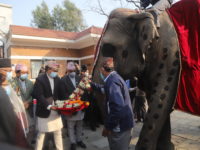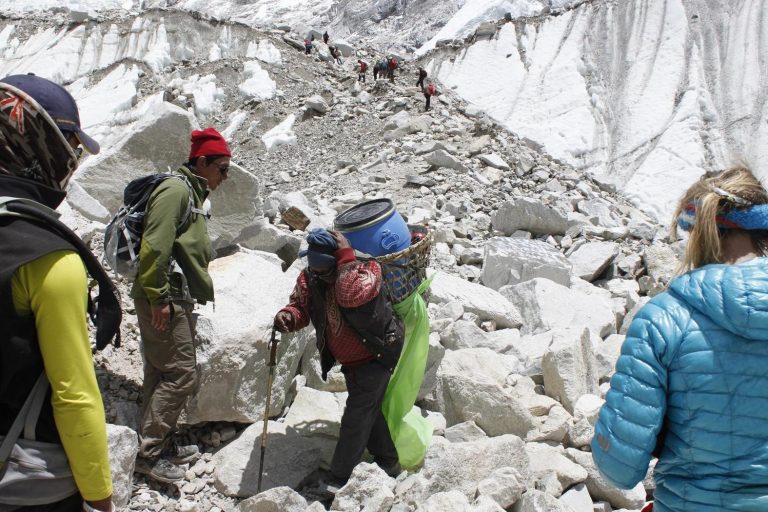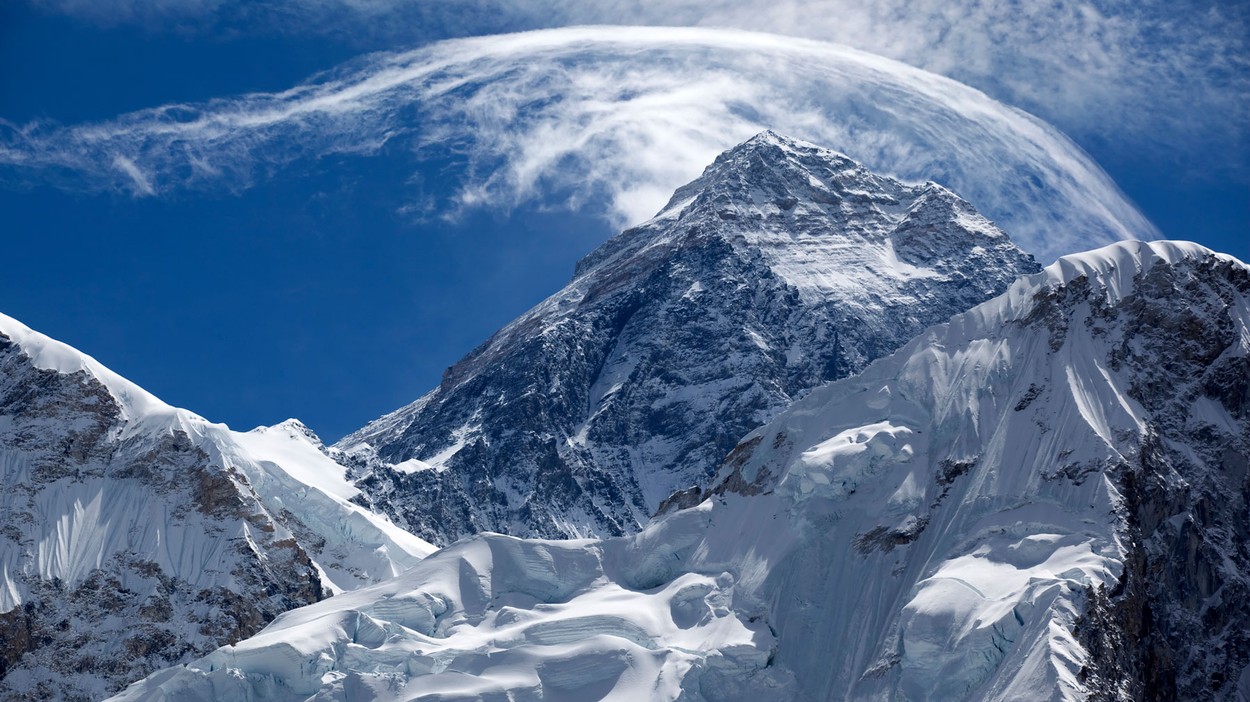
Written by Sarah Emerson and this news article was originally published at Motherboard (Vice)
Mount Everest is more accessible than ever. Better gear, amenities, and the help of tireless guides have swamped the mountain with intrepid tourists. More than 36,000 people toured the region in 2016, marking a 34 percent increase in visitation compared to 2015.
The heightened interest in Mount Everest has been a revenue boon for Nepal. Climbers spend $30,000 to $100,000 each on the endeavor, depending on their choice of permit and expedition company. But more people also means more waste, including human waste. Yes, poop—lots of it.
More than 26,000 pounds of human excrement is dumped at Mount Everest’s Base Camp annually. There, it remains, fetid in blue barrels (equipped with toilet seats!), until Sherpa porters can transport it to Gorak Shep, a frozen lakebed that’s become Everest’s ad-hoc landfill. In 2014, Nepal’s government ruled that climbers must leave the mountain with 17.6 lbs of trash or forfeit a $4,000 garbage deposit, but the excess of human waste has remained a different kind of dilemma.
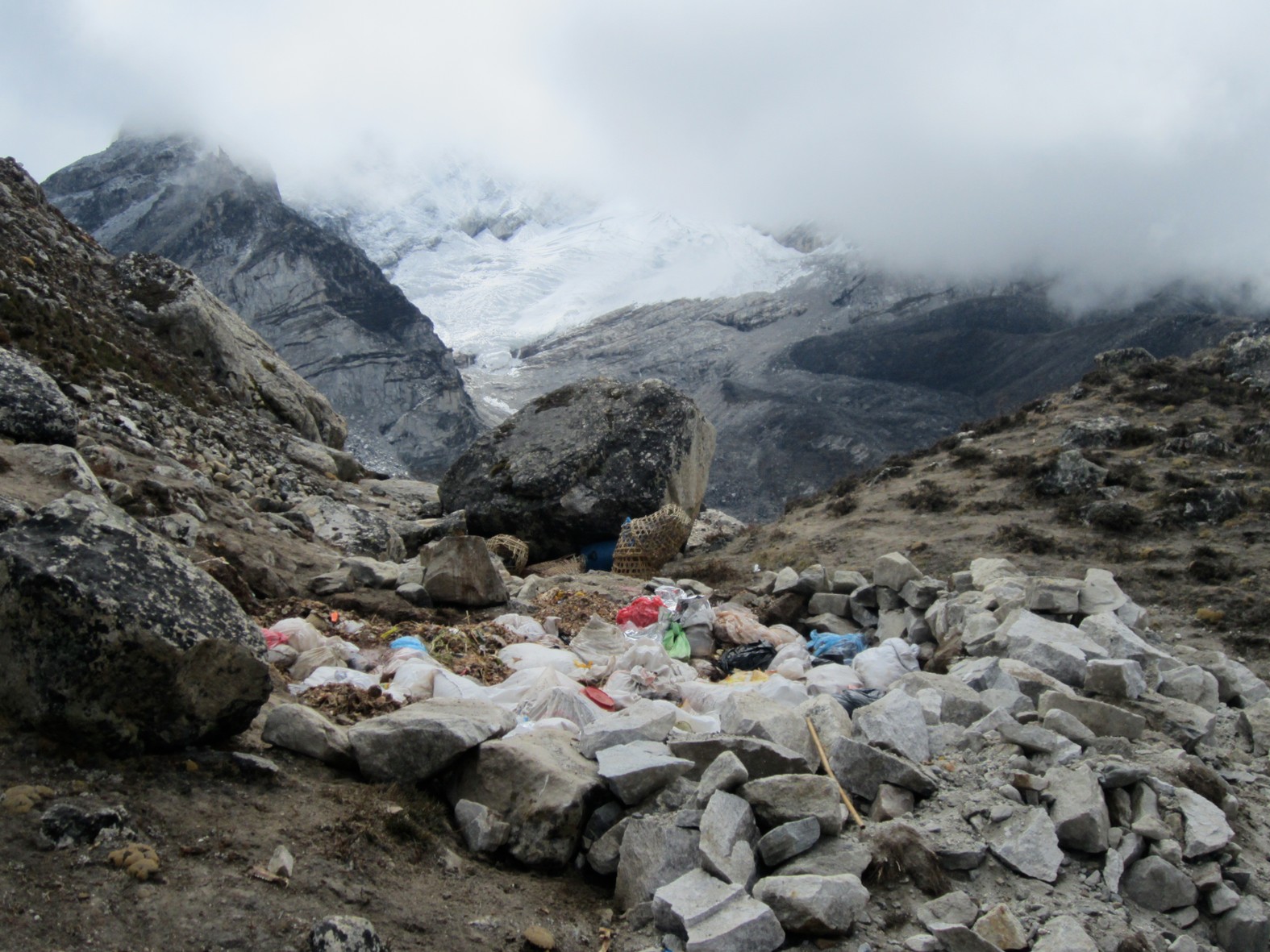
“It just struck me from an emotional standpoint,” Garry Porter, a seasoned climber and retired Boeing Company engineer, told me.
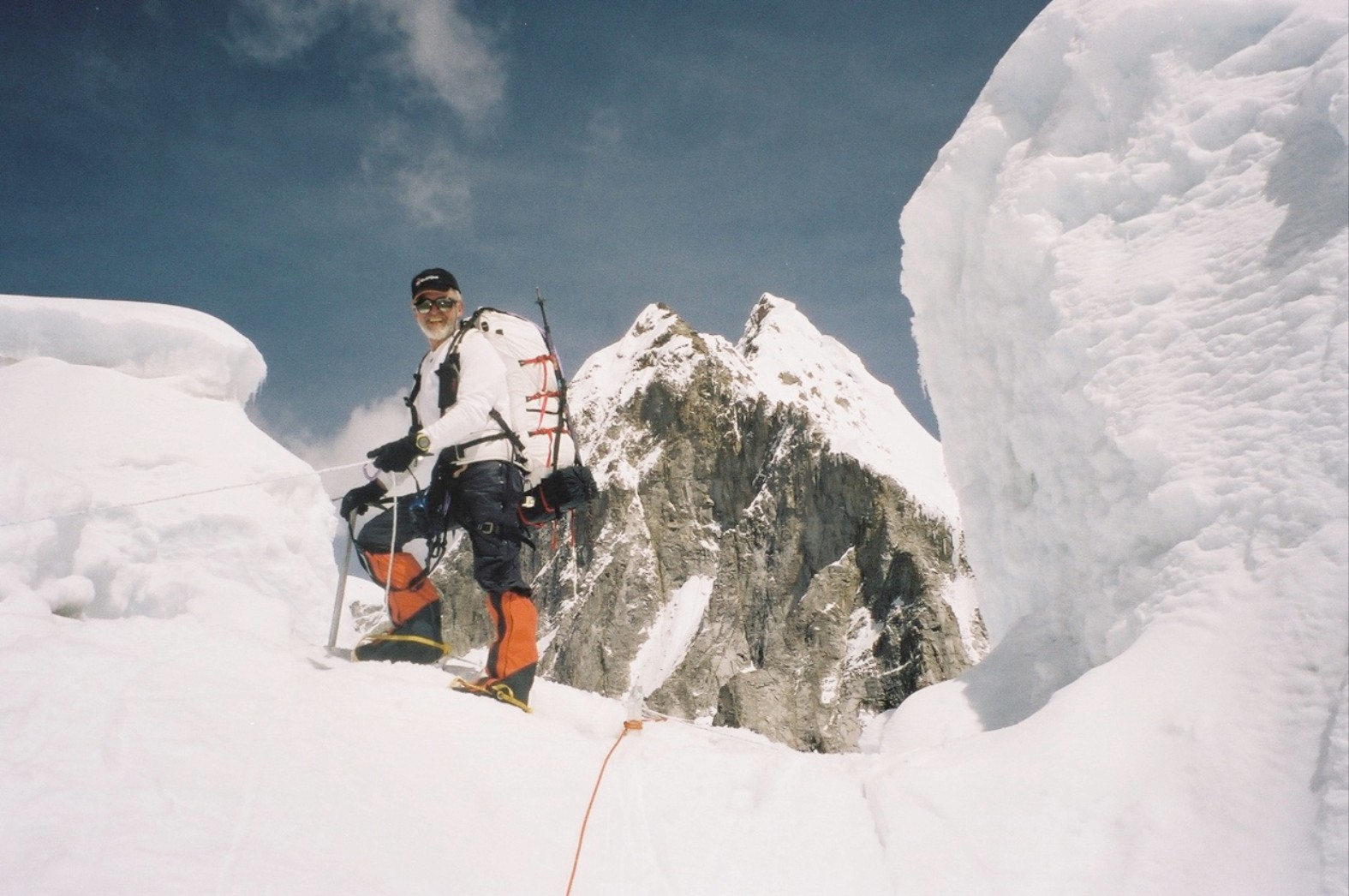
Seven years ago, Porter decided to make poop his problem, and co-founded the Mount Everest Biogas Project, which relies on volunteer engineers and architects to tackle Everest’s most intractable issue. It couldn’t have happened soon enough. A 2012 survey of two water sources near Gorak Shep, funded by the National Science Foundation, found that one of them violated drinking water standards from the World Health Organization by a degree of four.
“You can’t keep putting [excrement] in open pits near water sources and not expect to see an environmental problem,” Porter said.
Their solution? Convert all that waste into usable power with something called a “biogas digester.”
Biogas digesters aren’t flashy, but they get the job done: “This is not a new hightech anything,” Porter warned. They’re tanks full of bacteria that feed on organic waste. They produce methane gas as a byproduct, plus a liquidy fertilizer known as “effluent.” That gas can be captured, and used to power anything from Mount Everest’s tea houses (lodges) to laptops, because, yep, there’s internet on Everest, too.
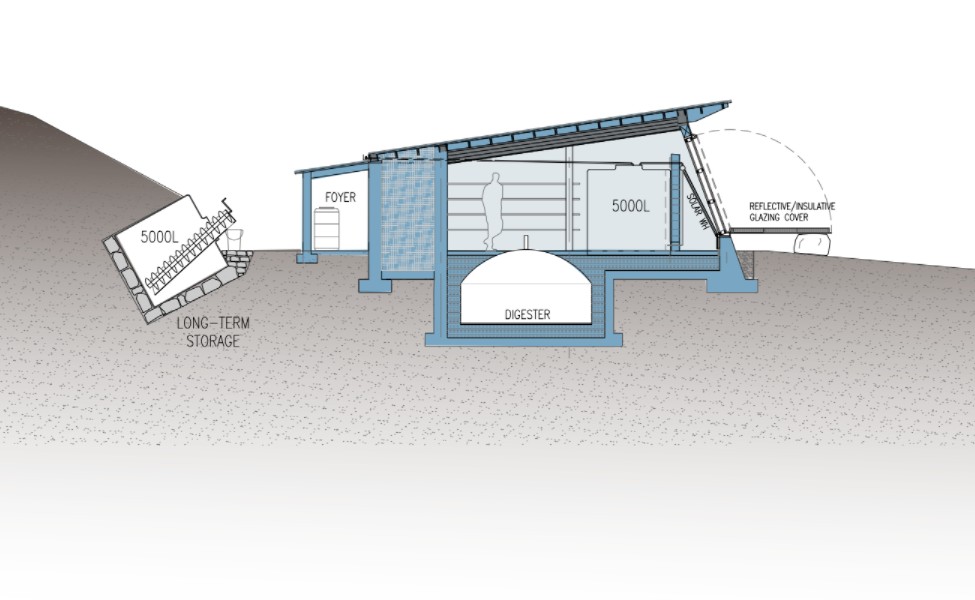
In theory, providing Everest with an inexhaustible supply of poo power is doable. But, true to form, the mountain isn’t going to make things easy. Keeping those bacteria happy and hungry requires warmth; they are only active if their ecosystem’s temperature is somewhere between 68 and 86 degrees Fahrenheit. Base Camp, which sits 17,600 feet above sea level, can regularly reach subzero temperatures. Digesters have been used all around Nepal, China, and India, Porter said, but at lower, more temperate elevations. If this technology could be adapted for one of the world’s most inhospitable climates, it might also be applied at other mountains with human waste problems.
The team needed a way to keep the digester warm, 24 hours a day, and with local, off-the-shelf hardware. Keeping this project grounded in Nepal—down to the last battery—was non-negotiable for Porter. “We want this to be a Nepalese project. We’ll build it at our expense, and turn the keys over to them,” he told me.
The solution was an 8.5 kilowatt solar array, similar to ones people have installed on their roofs, that the team acquired in Kathmandu. The solar array, once connected to 48 two volt batteries, created an excess of electricity able to warm the digester through the night.
“We’re ready to implement the design, we have buy-in from the customer, but we have to raise money,” Porter said, though he wasn’t able to provide a cost estimate when we spoke. The project is still in the prototyping stage, but the team, through a partnership between Seattle University and Kathmandu University, has proven the digester can operate on human waste and produce methane gas (at the optimal temperature range) in a lab setting.
The team is already considering next steps. Porter won’t allow the effluent to be used as fertilizer until he can test it for human pathogens—anything from norovirus to cholera, for instance. If disease-causing agents survive the digester, the effluent won’t be safe to use on crops for human consumption.

The Mount Everest Biogas Project worked with two Nepalese organizations, Sagarmatha Pollution Control Committee and the Sagarmatha National Park Buffer Zone Management Committee, to ensure the design met their standards, and could be reproduced by local workers.
“They said, ‘Well, our biggest question is when can you start, because what climbers are doing here is disrespectful to the mountain,’” Porter added.
Some climbers believe that, recently, the mountain has become less of an adventurer’s pilgrimage, and more of a wealthy person’s tourist trap. But, regardless of what Mount Everest has become, its modern legacy was quite literally built on the backs of an often nameless, invisible Sherpa workforce. The Mount Everest Biogas Project seems to be chipping away at some of that debt.
Porter’s reverence for Mount Everest is obvious, and, while he missed the summit on a 2003 climb, he’s certain the biogas project will succeed.
“How do we protect it, so it’s there for my kids, and my kids’ kids?,” Porter asked. “It’s just about paying it forward for me.”
This news article was written by Sarah Emerson and originally published at Motherboard (Vice).






